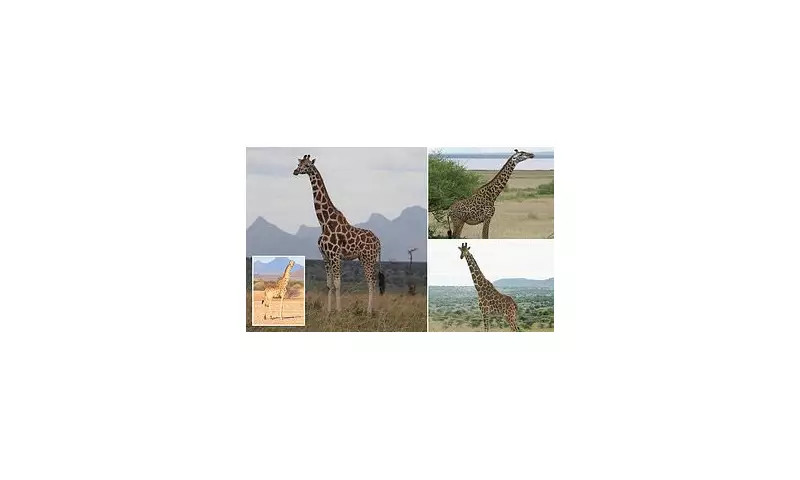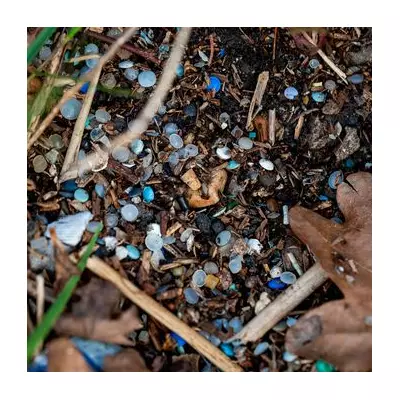
In a stunning revelation that rewrites decades of scientific understanding, genetic researchers have discovered that giraffes are not a single species but four entirely distinct ones. This groundbreaking finding, based on extensive DNA analysis, fundamentally changes how we classify these iconic African animals and has profound implications for their conservation.
The comprehensive study examined genetic markers from skin samples collected from nearly 200 giraffes across Africa. The results were unequivocal: what was previously classified as a single species—Giraffa camelopardalis—actually comprises four separate species that do not interbreed in the wild.
The Four Distinct Species
Northern Giraffe (Giraffa camelopardalis): Found in scattered populations across East and Central Africa, this species includes the critically endangered Kordofan and Nubian giraffes.
Southern Giraffe (Giraffa giraffa): Roaming the savannahs of southern Africa, this species includes the Angolan and South African subspecies.
Masai Giraffe (Giraffa tippelskirchi): Inhabiting East Africa, particularly Kenya and Tanzania, known for their jagged, vine-leaf shaped spots.
Reticulated Giraffe (Giraffa reticulata): Found primarily in northern Kenya, Somalia, and southern Ethiopia, distinguished by their striking, well-defined polygonal spots.
Conservation Implications
This taxonomic reshuffling carries urgent conservation consequences. Some of these newly defined species exist in alarmingly small numbers. The Northern Giraffe, for instance, has fewer than 5,000 individuals remaining in the wild, making it one of the most endangered large mammals on Earth.
Dr. Julian Fennessy, co-director of the Giraffe Conservation Foundation, emphasised the importance of this discovery: "This research completely changes how we view giraffe conservation. We can no longer consider them a single species with healthy overall numbers. Each of these four species requires individual protection strategies and conservation status assessments."
The genetic differences between these species are as significant as those between polar bears and brown bears, suggesting they diverged from a common ancestor between 230,000 and 370,000 years ago. Despite their similar appearance to human eyes, these genetic barriers prevent interbreeding in their natural habitats.
Future Protection Efforts
Conservation organisations are already responding to these findings by developing species-specific action plans. The reclassification means international bodies may now grant higher protection status to the most threatened giraffe species, potentially unlocking new funding and conservation initiatives.
This discovery serves as a powerful reminder of how much we still have to learn about Earth's biodiversity and underscores the importance of genetic research in guiding effective wildlife conservation strategies for Africa's gentle giants.





